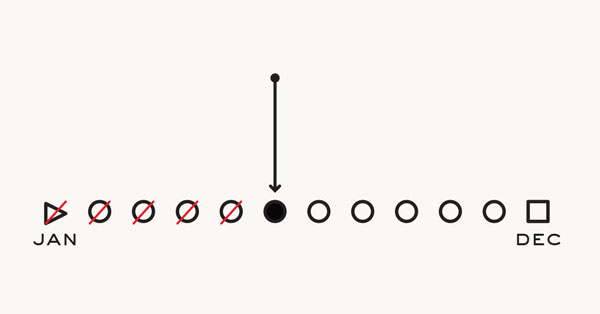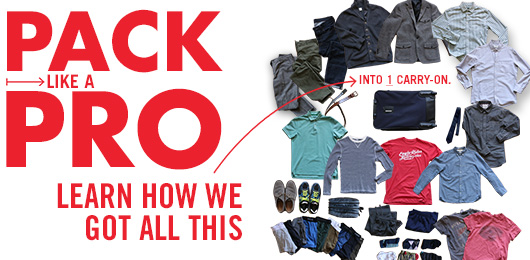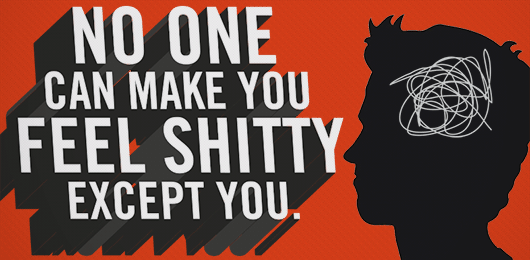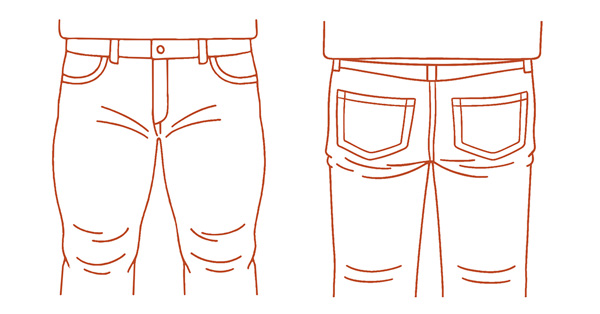Letter-writing is a lost art, and since the advent of the Internet, e-mail has become the next best thing. Just as letters can be misinterpreted by readers, whether it’s because of a misplaced comma or misplaced tone, so can e-mails — only in a more timely and immediate manner (and with emoticons!).
Because e-mailing is a swift and furious form of communication, people often neglect the letter-writing format for “text” format, condensing a message down to its bare necessities. While less is often more, a poorly written e-mail can sometimes break a relationship, whether it’s professional or personal. One thing letters had going for them was penmanship. When it comes to e-mails, the blinking cursor and cold Times Roman font on a computer screen can often seem emotionless, as if a robot had written the message instead of an actual person. This is just one reason why e-mail messages are often misconstrued by the intended reader.
Here are a few tips on how to concoct the perfect e-mail message:
1. Start out with a friendly salutation.
For some reason, e-mails come off as impolite if the writer just starts in with his message without saying a friendly, “hello” or “hi.” A greeting is a common courtesy. You wouldn’t go up to a stranger and start talking to him without introducing yourself or shaking his hand, right?
2. Don’t be afraid to use a few exclamation points.
Exclamation points are to a well-crafted message as accent marks are to a musical piece, capping off something of importance and even showing emotion or excitement. A well-placed exclamation point can not only get the writer’s point across, but also make the reader laugh, smile, or even feel good about themselves. “Have a good day” as opposed to “Have a good day!” However, refrain from using too many, as not to look like someone who is a little trigger-happy.
3. Refrain from writing like Kanye West. ALL CAPS JUST LOOKS LIKE SOMEONE IS SCREAMING AT YOU.
4. Respond promptly.
There’s nothing worse than constantly checking your inbox for updates, especially if you have a deadline. On the other hand, if you, the writer, aren’t able to respond in a timely manner, a little apology once you finally do respond will suffice. “I apologize for taking so long to get back to you.”
5. Use adequate white space.
Sometimes, e-mails are looked over or skipped because they are too intimidating, with nothing but blocks of words down the page. In order to get a message across without scaring the reader (and to have a better chance of the reader actually reading the e-mail), break up the message into small paragraphs and stick to the point without being redundant.
5. Check for errors.
Spelling and grammatical errors only make someone look dumb or careless. E-mails have spellcheck for a reason. Use it.
6. Use emoticons sparingly, unless you know the person on a personal level.
The use of emoticons is a gray area. In some ways, they are a positive thing, like an exclamation point, and in other ways, they can seem ridiculous and childish, like something you’d see on a Facebook wall. If you know the person, feel free to use emoticons. However, if it’s someone you don’t know, you don’t want to come across as silly or goofy. Sometimes an emoticon can drag an e-mail down to the level of an AOL instant message.
7. Use a personal tone.
As mentioned before, e-mail is sometimes a difficult form of communication because of its “robot” quality. Because of this, you don’t want to sound like an automated, “out of office” response. Write the way you would talk to this person face-to-face. Your message will come off as comfortable and confident without appearing strictly professional.
8. Texting abbreviations.
Even if you are e-mailing from a phone, remember that text abbreviations also have a stigma. Who wants to do business with someone who writes, “K Thx” or “L8R”? Plus, how hard is it to type, “OK. Thanks! Later!”? Not to be a numerical racist, but numbers should stay with numbers and letters should stay with letters. Sometimes, it's even hard to decipher text speak. Who would guess that “OTW” isn't a drunken fumble with the phone but actually an abbreviation for “on the way”?
9. End with a “Best” or “Sincerely.”
These phrases are just the icing on top of the cupcake. Without it, the cupcake just isn’t worth eating.
If anything, letter-writing has evolved. While people still send postcards and greeting cards, people today have many more options, including e-cards and other electronic greetings. There are countless ways to get a message across; however, it’s still important to implement the techniques of yesteryear, when great care was taken when constructing a letter, before the medium overpowered the message.
















